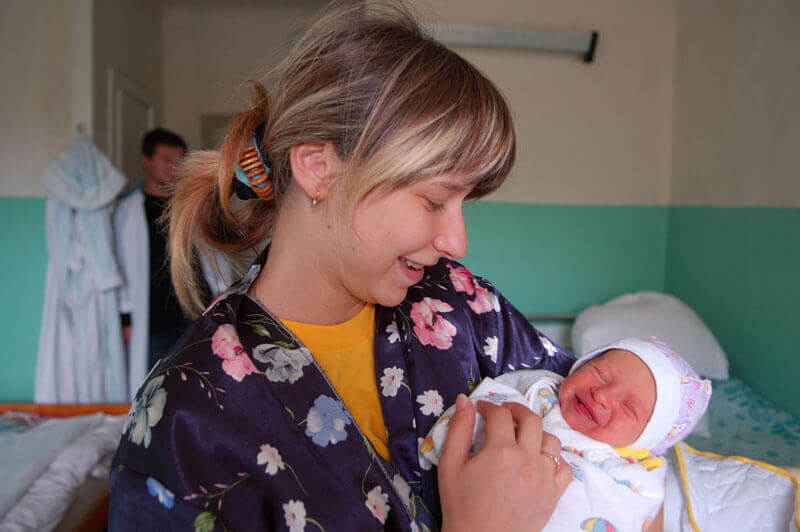In this guest post, Sarah Alexander—director of external relations for the Global Alliance to Prevent Prematurity and Stillbirth (GAPPS)—writes about the groundswell of momentum surrounding maternal and child health and the role research and development (R&D) can play in helping more babies have a healthy start to life.
You may have noticed maternal and child health has been garnering a lot of attention lately. At the Saving Every Woman Every Child Global Summit in Toronto last week, the focus was on ending preventable deaths of mothers and children under 5, and the government of Canada pledged $3.5 billion
toward those efforts. The week prior marked the launch of the Every Newborn series in The Lancet, as well as the endorsement of the Every Newborn Action Plan by the World Health Assembly in Geneva. Later
this month, the Partnership for Maternal, Newborn & Child Health’s Third Annual Partners’ Forum will be held in Johannesburg. All of these events are building on each other and creating a groundswell that will help forge a blueprint for the post-Millennium
Development Goal era.
The momentum these efforts have gained is impressive, and great strides have been made in saving the lives of mothers and babies around the world. As the
global health community looks toward the next 15 years, we are encouraged that more and more plans are incorporating R&D as pillars of a maternal
and newborn health agenda. A focus on R&D will allow researchers to look upstream and investigate new ways of preventing problems from occurring
in the first place—exemplifying the maxim that prevention is better than cure.
 There has been a groundswell of momentum for maternal and child health. There are many opportunities for high-impact R&D as part of the agenda. Photo: PATH/Mike Wang
There has been a groundswell of momentum for maternal and child health. There are many opportunities for high-impact R&D as part of the agenda. Photo: PATH/Mike Wang
At the GAPPS—an initiative of Seattle Children's—we understand and advocate for all the great work
that is being done to treat newborns—especially in low-resource settings—to give them a better chance of survival. With our focus on preterm
birth and stillbirth, we envision a scenario where instead of treating infants born prematurely or laying to rest nearly 3 million stillborn babies
every year, we could instead identify issues in utero and develop therapies to prevent preterm birth, stillbirth, and other pregnancy complications
before they occur.
Babies born too soon can face lifelong health complications, including respiratory issues, vision and hearing loss, cerebral palsy, developmental delays,
and more. Stillborn babies are often not acknowledged with birth or death certificates, or prioritized in health efforts. While it’s essential that
known interventions are scaled up to help save the lives of mothers and newborns, we are glad to see a comprehensive R&D movement picking up steam.
There are many opportunities for high-impact R&D in maternal and newborn health. For example, new technologies allow for increased biomarker discovery
and therapeutics development, which could allow doctors to screen for and treat conditions in pregnant women and their babies before birth, helping
more babies have a healthy start to life.
With so much momentum building around maternal and child health, we’re glad to see R&D into prevention is being prioritized so that one day every birth
can be a healthy birth.

